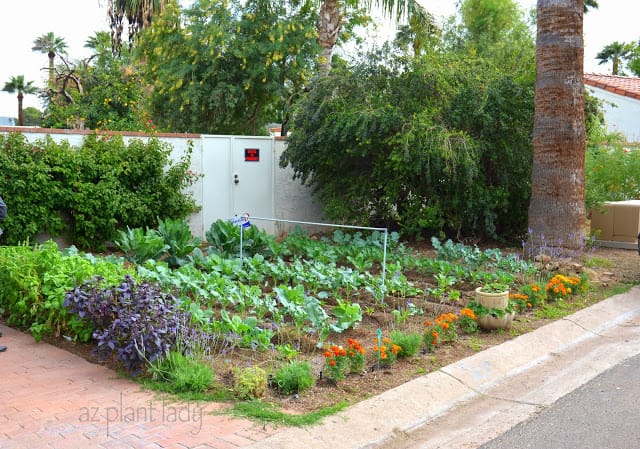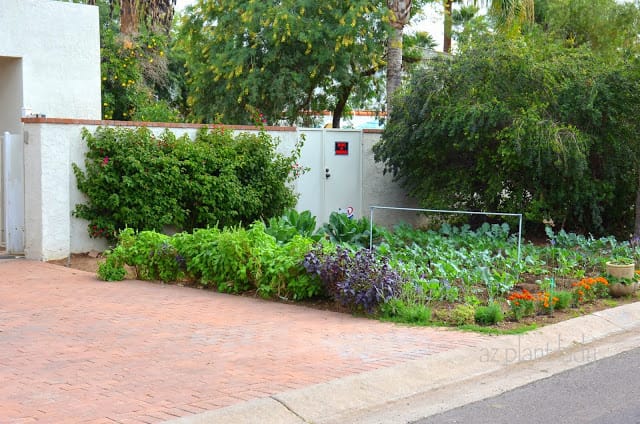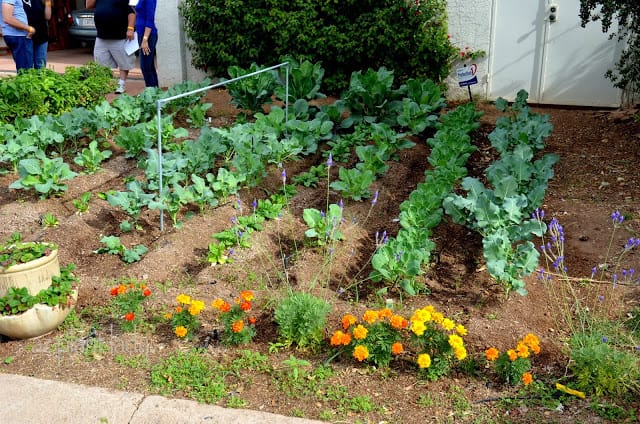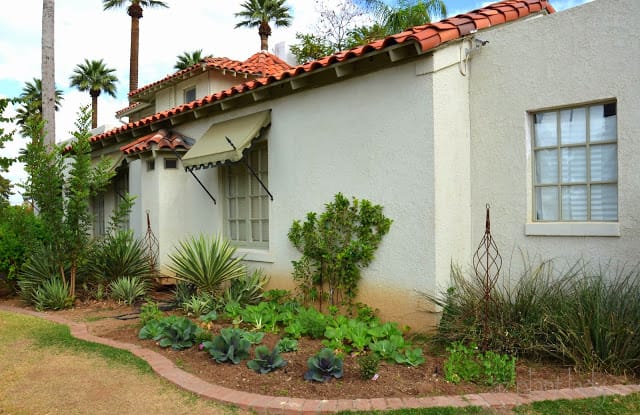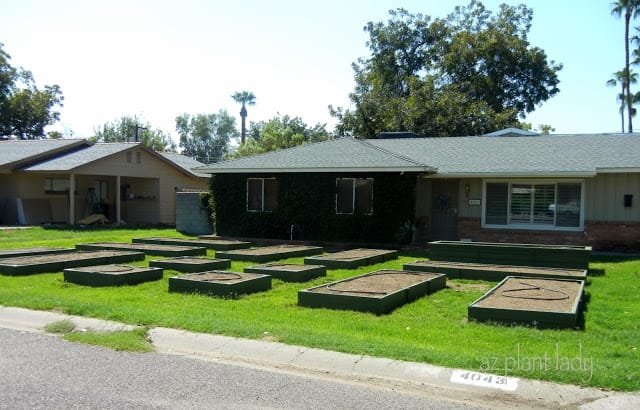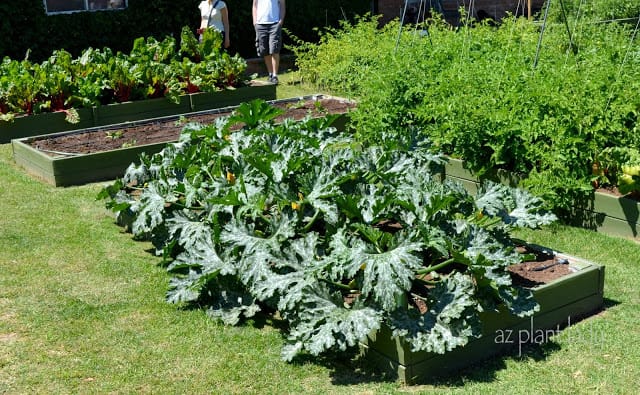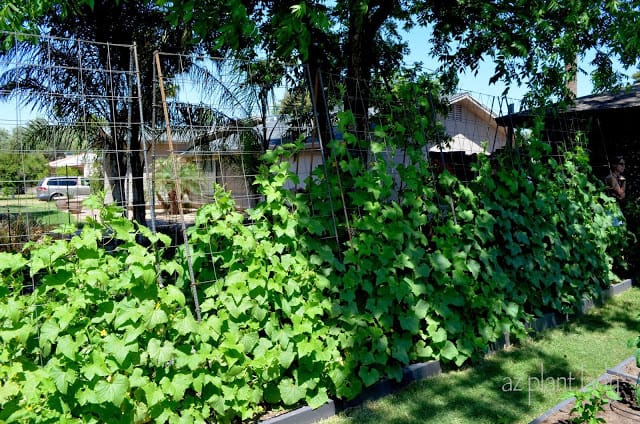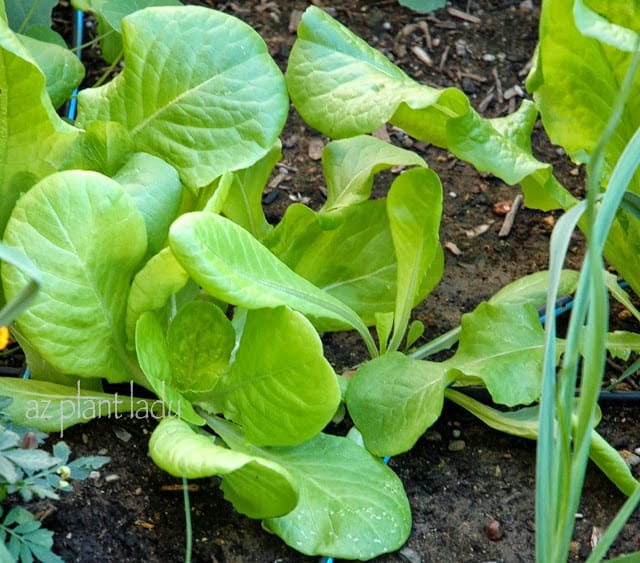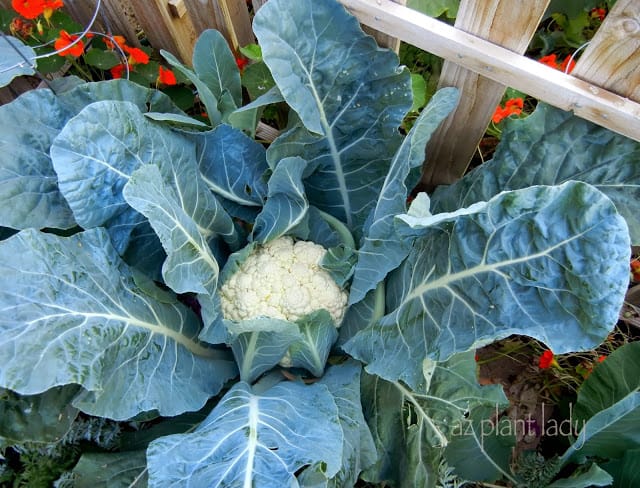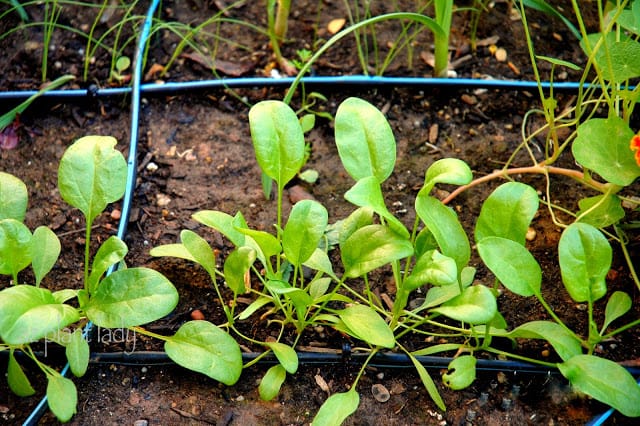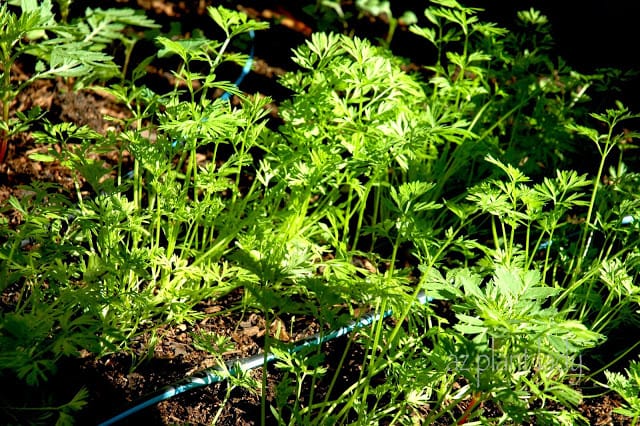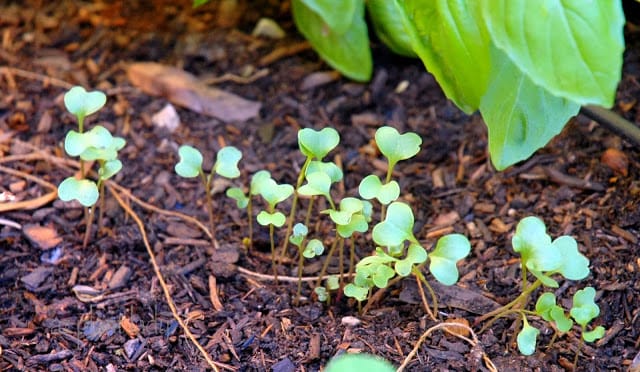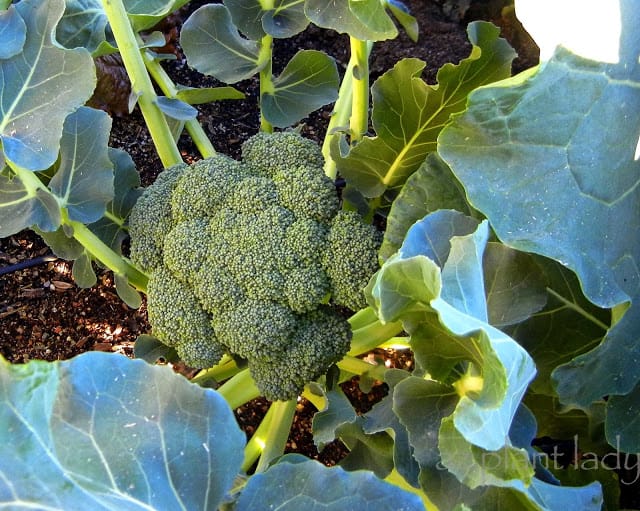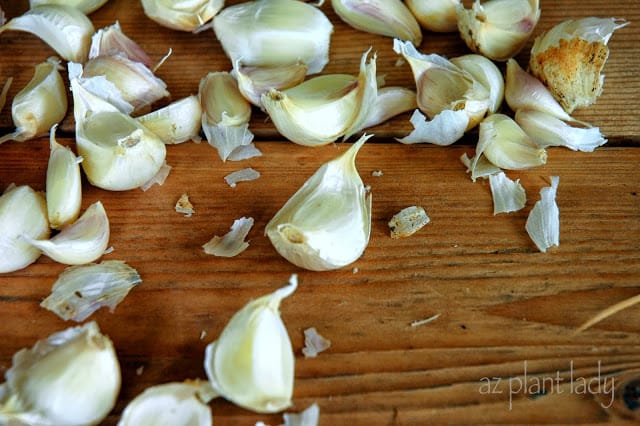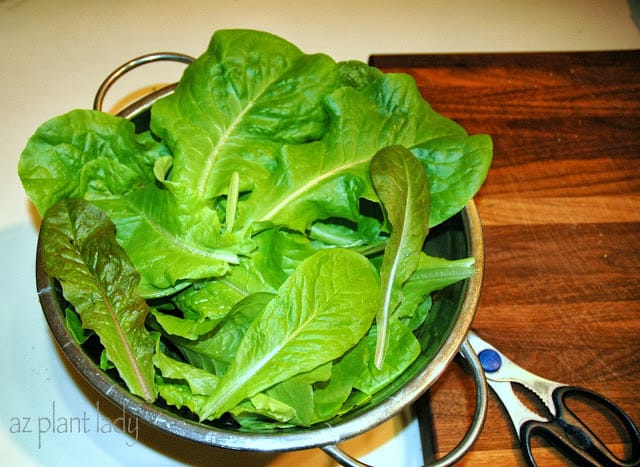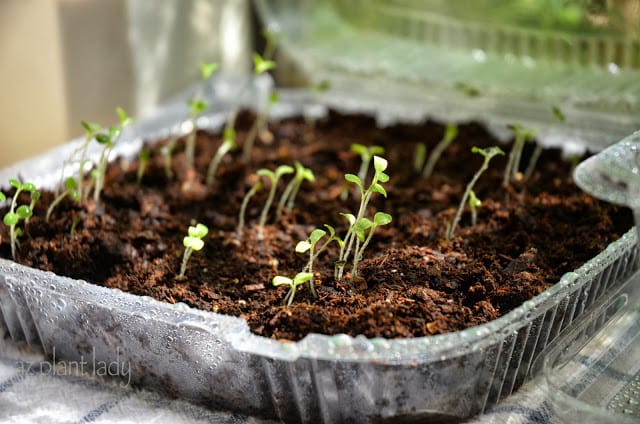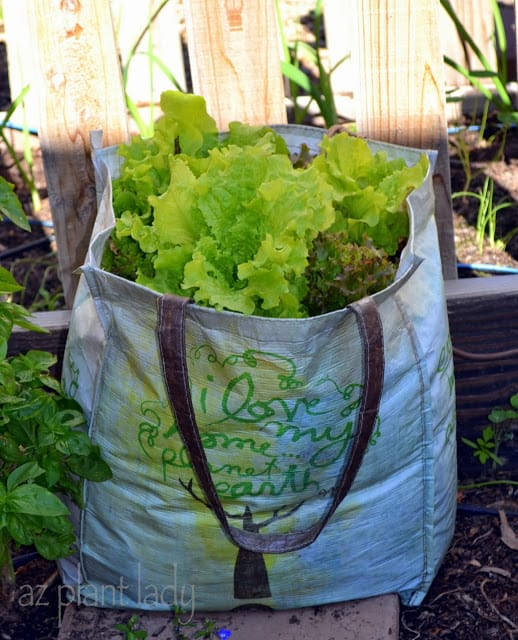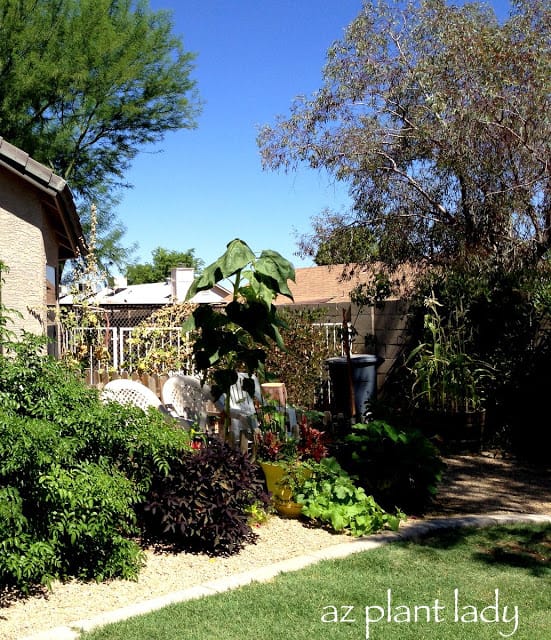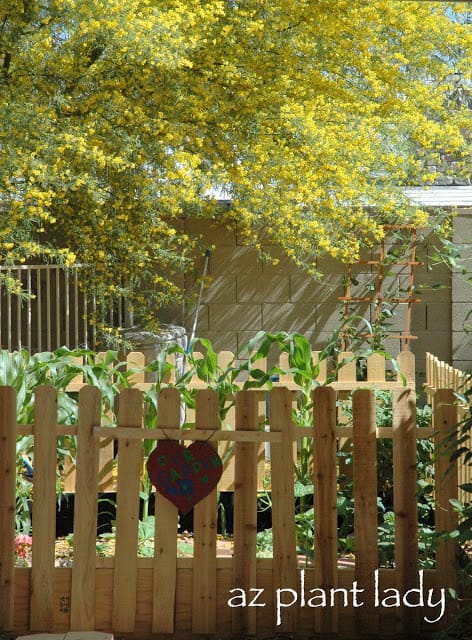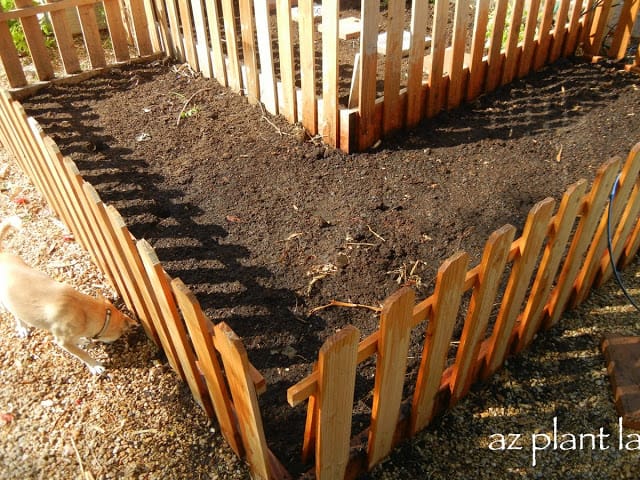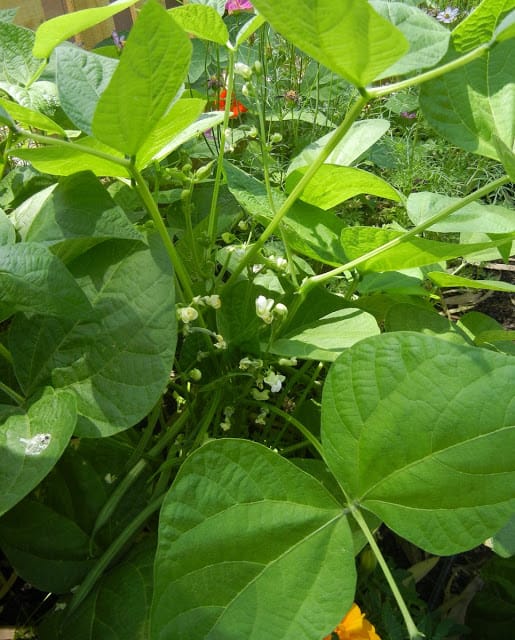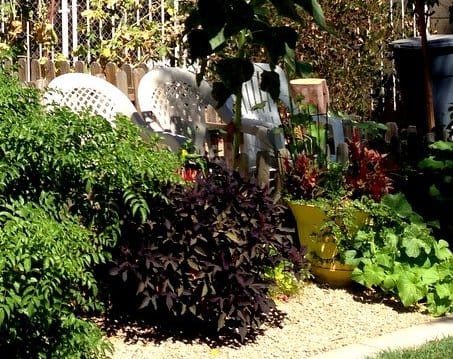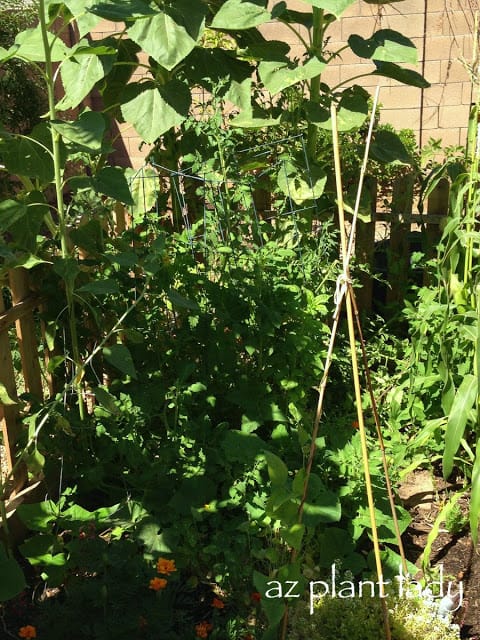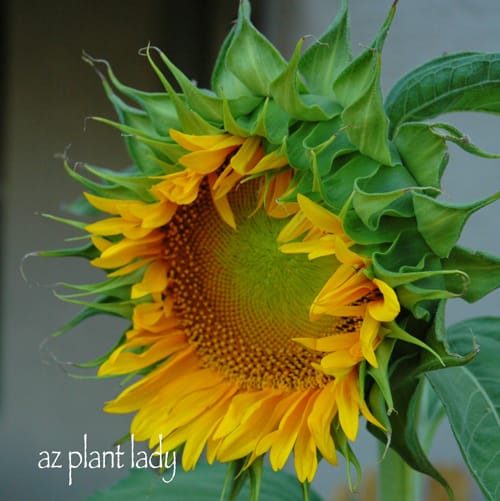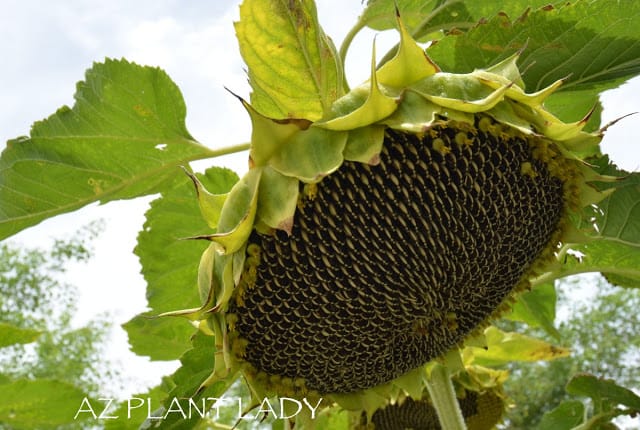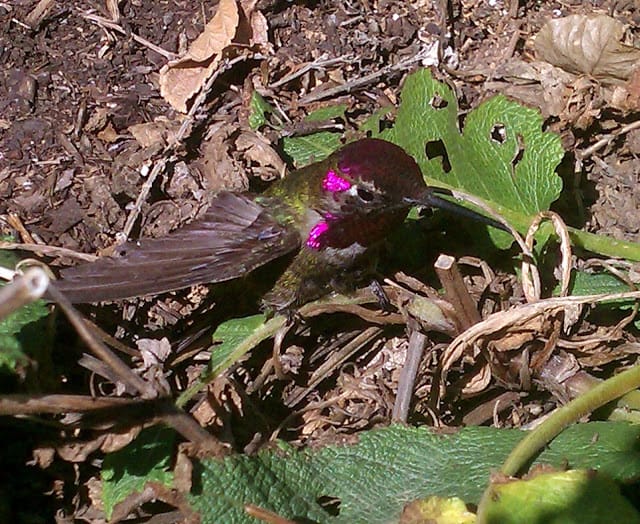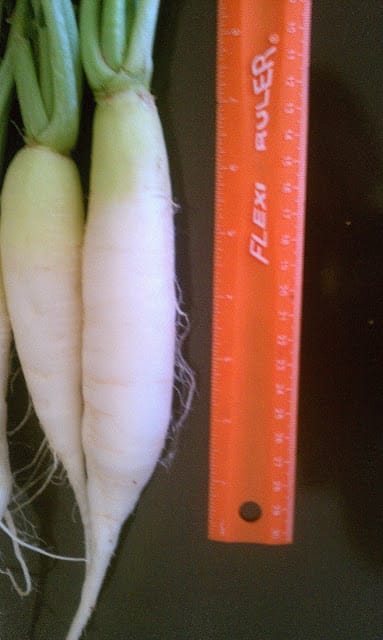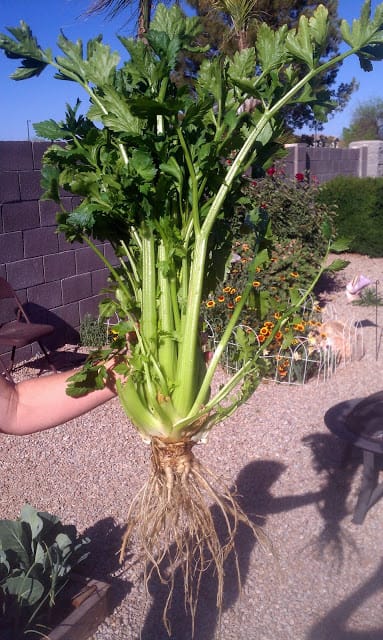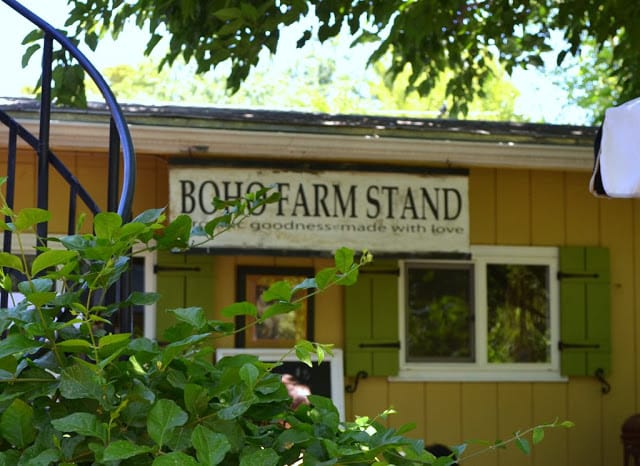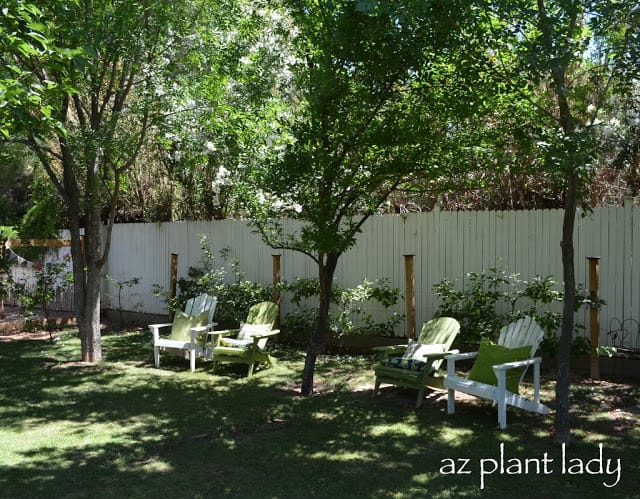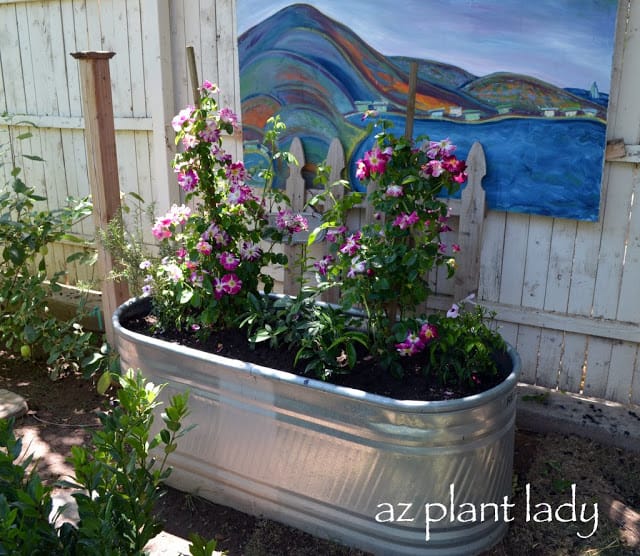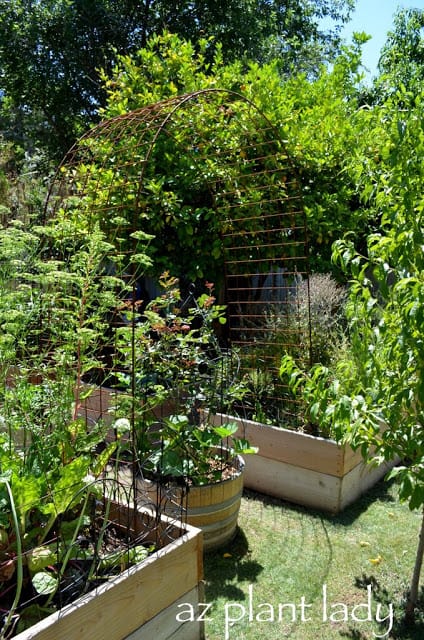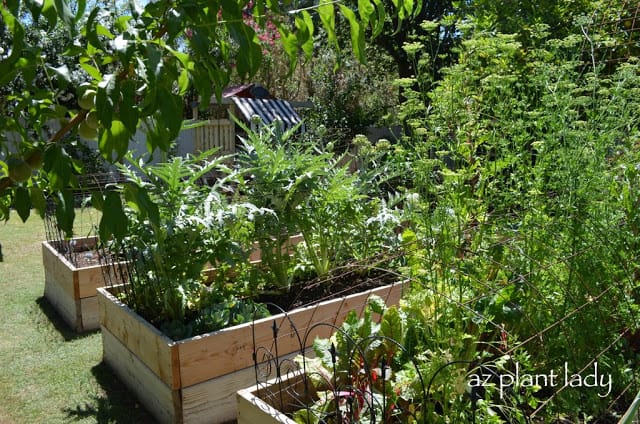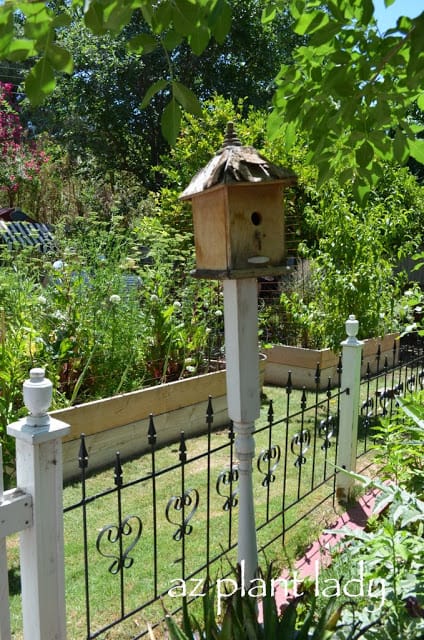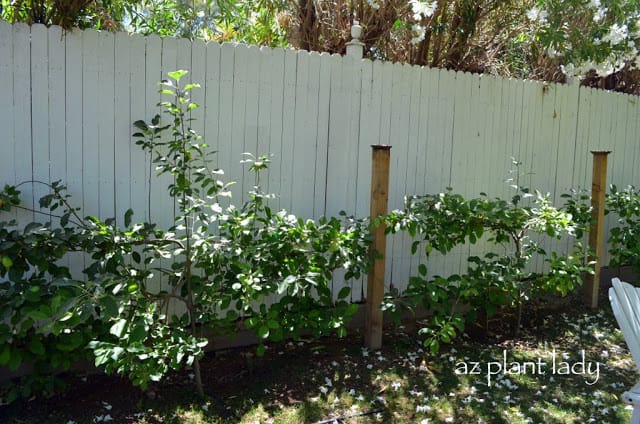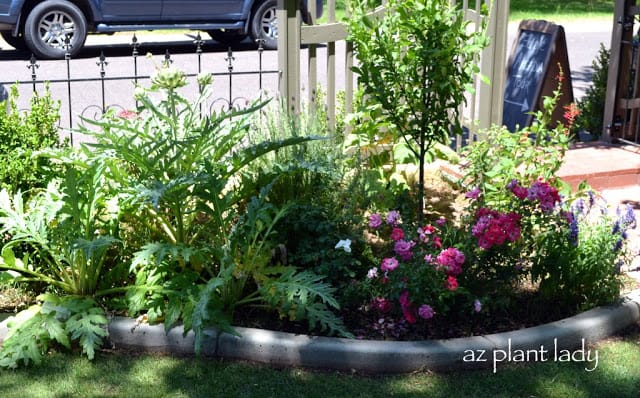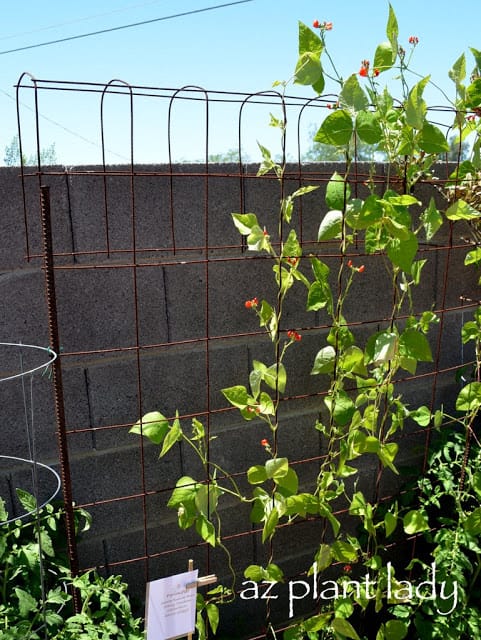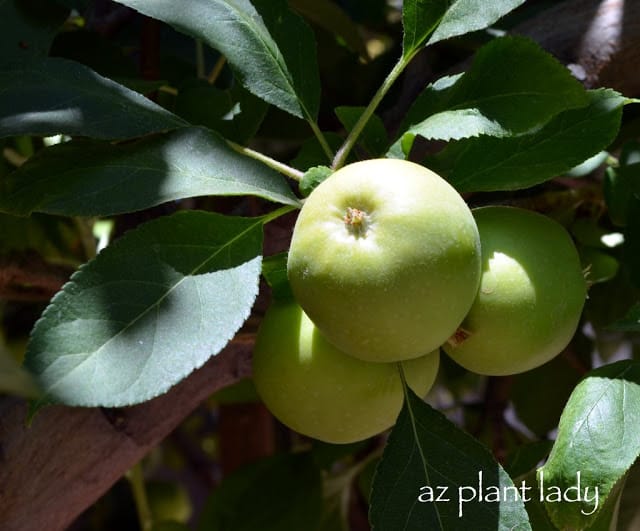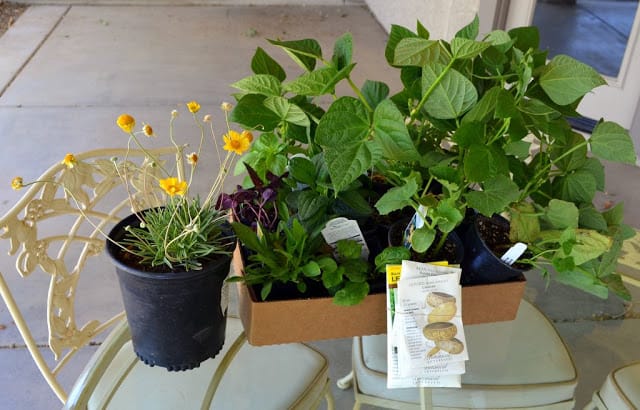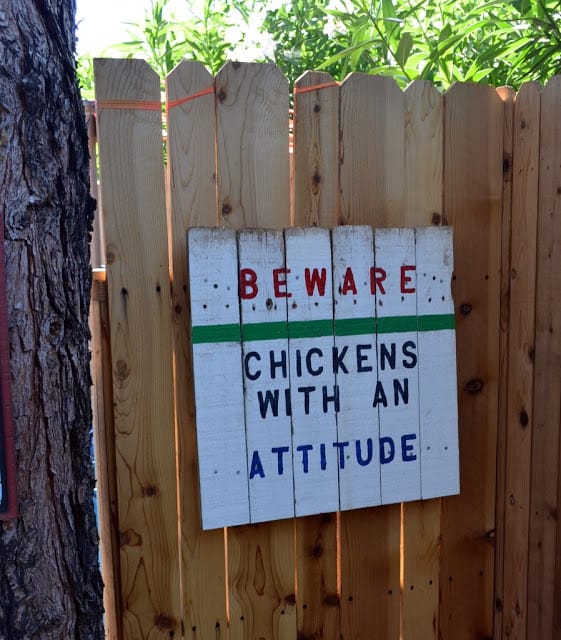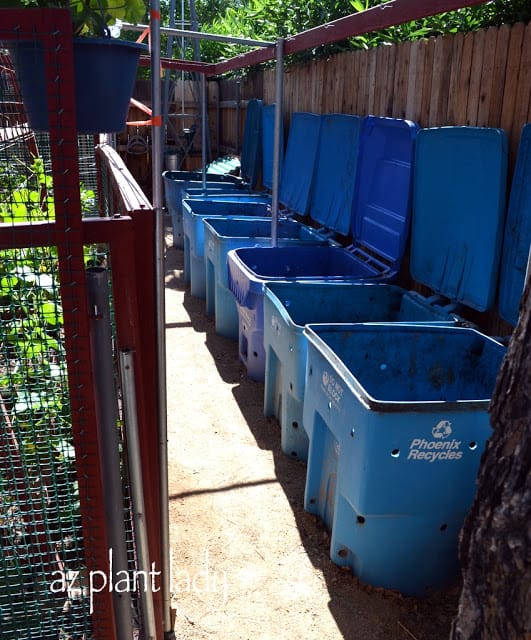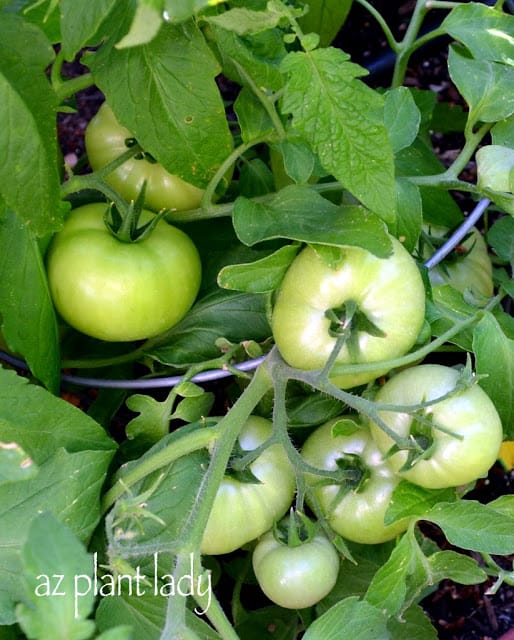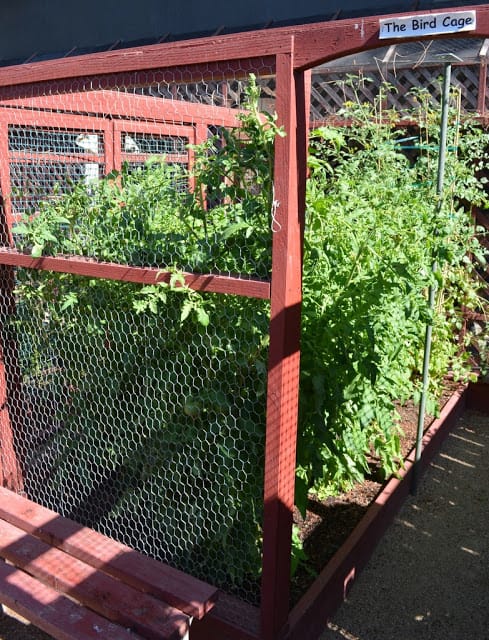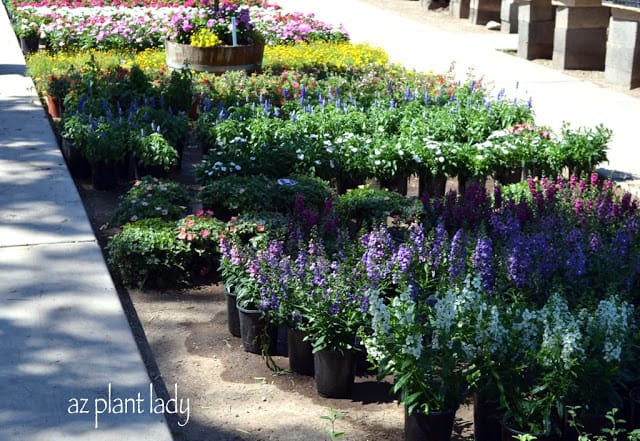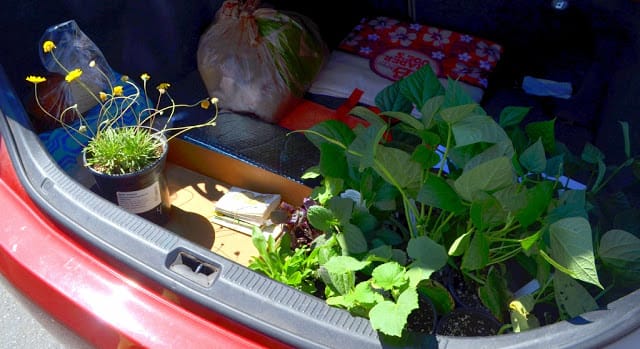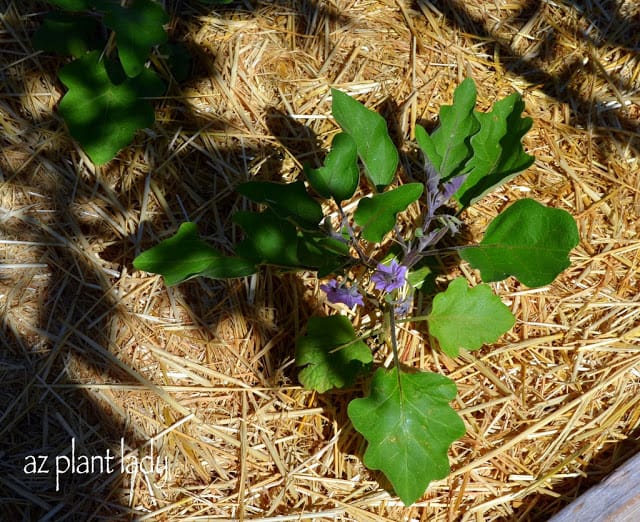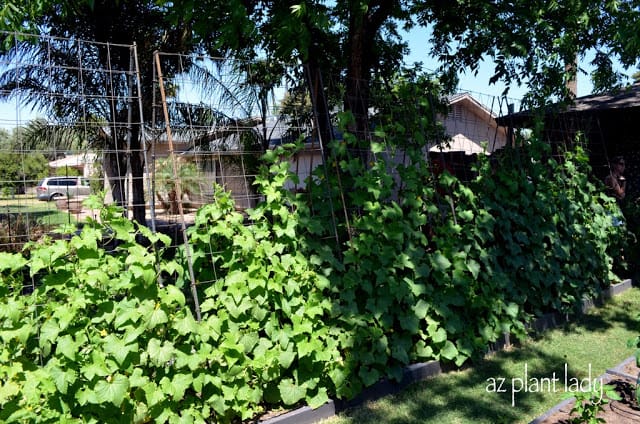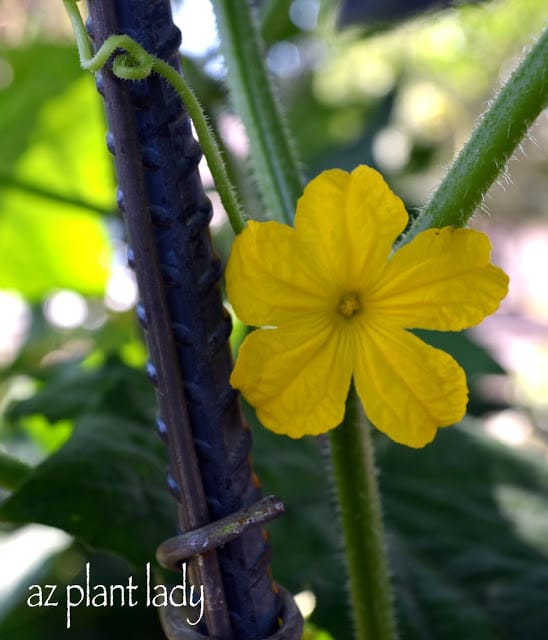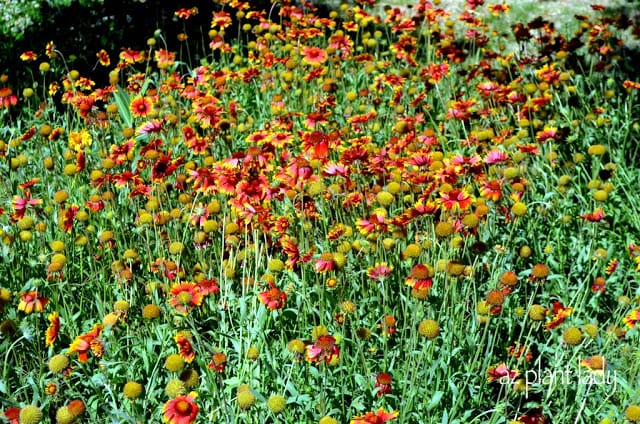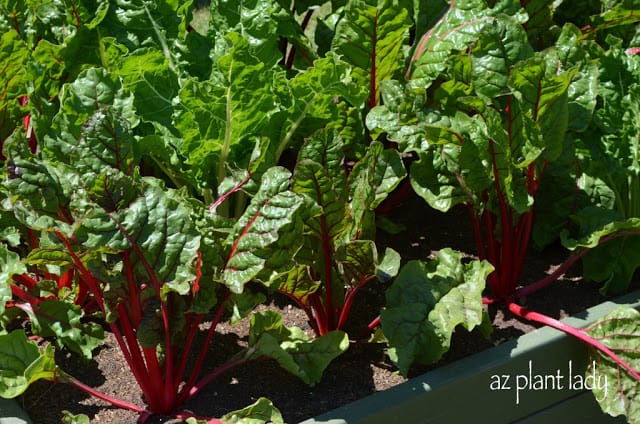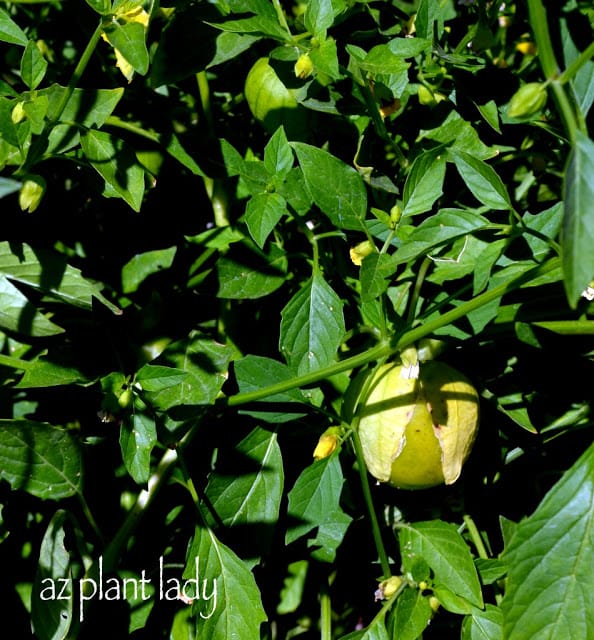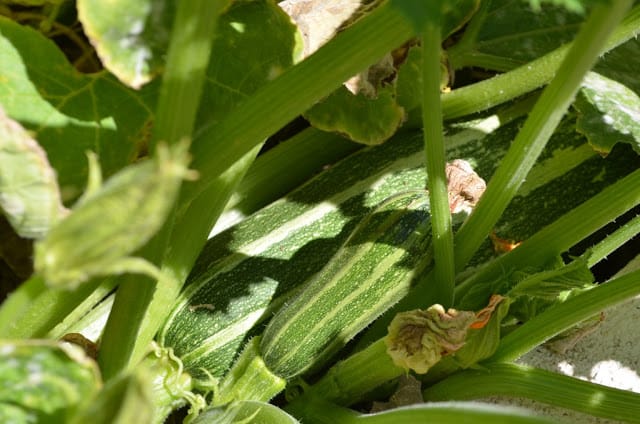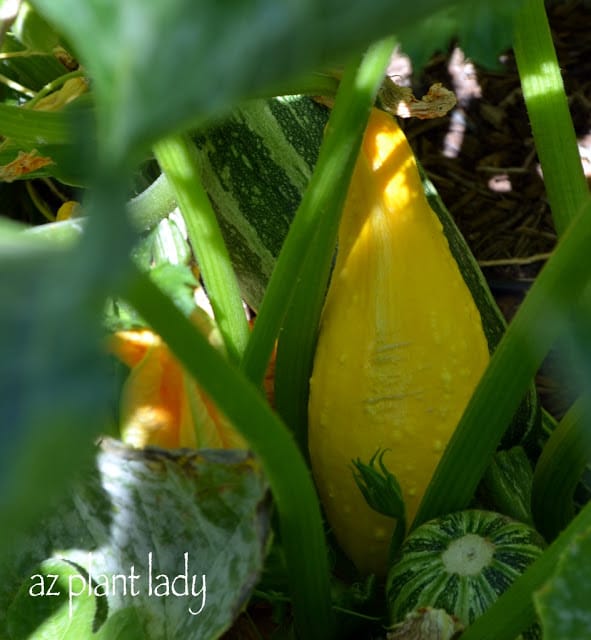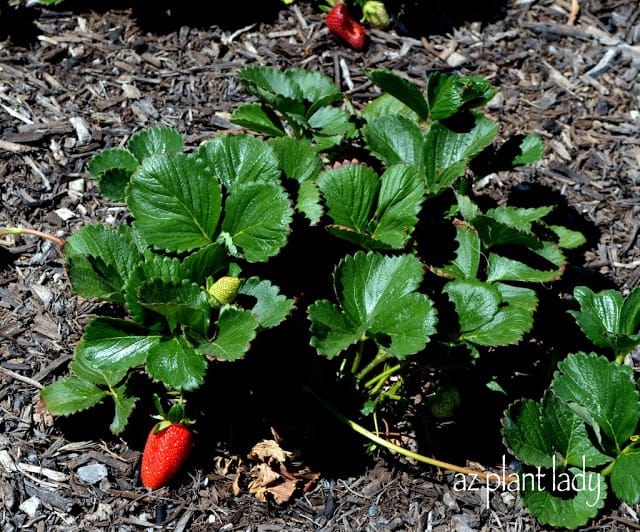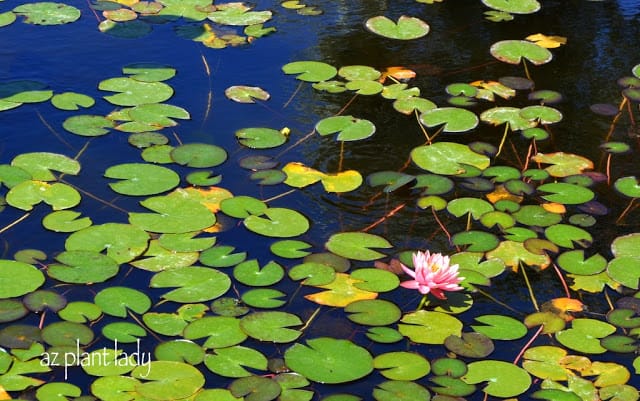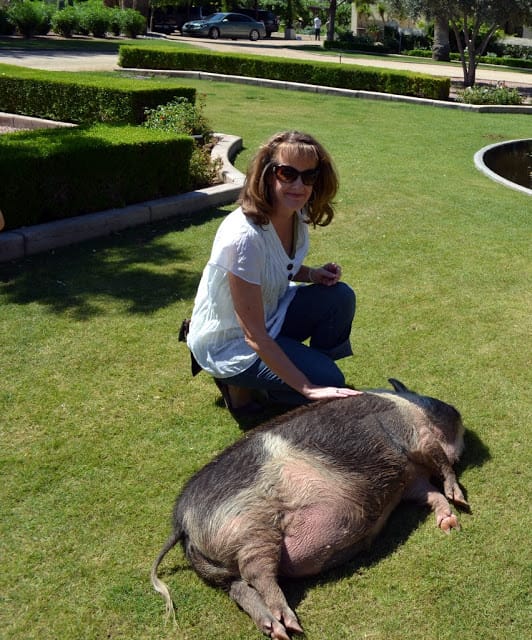Last week, as I was frantically rushing around getting ready to fly out to Chicago to attend my daughter’s Navy graduation, I received an email from a reader of my blog, which literally stopped me in my tracks and brought a huge smile to my face.
When you blog, it is almost always a one-way conversation. I don’t often get to know if my ‘ramblings’ help or inspire others, except for when I meet some of you in person. So, this email just made my day (or should I say, my entire month).
Here is a small excerpt…
“Since moving here (from SC three years ago) my son and I have found your Pinterest Page, and Facebook page AND blog as our source when we have questions about things we have planted. Because of that my 14 year old has been mightily successful in his gardening efforts: veggie gardens, herbs and his hummingbird garden too. This mother thanks you for being willing to show not only your success but not quite so successful growth too (ie your onions.- they weren’t failures, just small). Jacob, my son, was so gleeful (as most boys [I guess] would be) when he pulled his onions this week and they were bigger than yours. (I don’t know what it is about competition and boys…. ) He is currently awaiting his corn harvest. He has planted two varieties to compare the difference- one The Golden Cross Bantam (Hybrid) and some other kind I cannot think of at the moment (silver queen or something..)”
I wrote her back and told her how much her email meant to me. And then, I wondered if she wouldn’t mind if I make her son’s garden a subject of an upcoming blog post.
Jacob is 14 years old and in addition to being a great gardener, also likes birding.
Are you ready to see Jacob’s garden?
Young gardener garden
This is the hummingbird garden. I asked Jacob, what he planted in his garden and what species of hummingbirds that he has seen visiting.
“There are many things I have added to my hummingbird garden.
Here is a list:
Dianthus
Spanish Lavender
Fern leaf Lavender
French Lavender
Columbine
Kangaroo paw (orange red in color)
Ivy Geranium (to add color to garden not specifically for hummingbirds)
May Night Salvia
East Friesland Salvia
Pink Salvia
Blue Black Salvia
Trailing Verbena
Verbena
Guara Ballerina Rose
Cardinal climber vine
Black eyed Susan vine
Rocket Snapdragons
Snapdragons
Pineapple Sage
Autumn Sage
Cinnamon Basil
Basil
Bee Balm
Aloe Blue Elf
Aloe Vera
Lantana (yellow and a new variety which is white with yellow on the outside of the flower)
A few rogue sunflowers
and a young Desert Willow sapling that I started from seed last year.
That is it so far but you never know what tomorrow will bring.
Anna’s Hummingbird
Four different species have visited my garden; Anna’s hummingbirds are year round residents, Black-chinned hummingbirds stay throughout the summer, the Rufous and Broad-tailed hummingbirds are common in migration. The hummingbird garden is situated near our kitchen window(s), I really enjoy sitting at the table watching them. Last year we actually got to enjoy watching a mama Anna Hummer feeding her babies. The house Finch and sometimes the red headed woodpecker visit too. The curved bill thrashers love to eat the bugs.”
Young gardener garden
I wanted to hear more about Jacob’s vegetable garden so I asked him what types of vegetables he likes to grow.
“Some of my favorite vegetable(s) to grow here is corn, and tomatoes The corn partly because it is something new for me to try producing. I am growing two types this year; Bantam corn and sweet corn. I will compare the two to see which harvests the most and grows better. The tomatoes have so many new varieties that I have not grown before so I am having a blast trying new tomatoes this year. I am trying the Summer Set tomato, Lemon boy, Roma, Cherry tomato, Big Beef, Early Girl, and of course the Phoenix. All have produced except the Phoenix, so far.
I also planted Okra last year. The plant generated much, but I waited till they were to big and they were bitter. I kept the plants though because the flowers were very pleasing to the eye.
Young gardener garden
White Icicle Radishes were another vegetable I had fun growing. I found a watermelon called Moon and Stars that was believed to be extinct, I am growing that also.”
As many of you may have experienced, there is one or two vegetables that you have a hard time growing. I asked Jacob, if he struggled growing any type(s) of vegetables in his garden.
“Squash seems to be the hardest for me to grow here in Arizona. I haven’t been to successful but I keep trying. I have Zucchini and crook- necked squash growing this year, hopefully I will be a little more successful.”
Young gardener garden
I have a list of vegetables that I want to try to grow for the first time in my garden. I just don’t have the room to grow everything I want 😉 I asked Jacob what was on his ‘wish list’ for his vegetable garden.
“I would love try Purple Bell Peppers. They would be fun to grow, and to eat.”
Young gardener garden
While I enjoy teaching people how to garden and sometimes ‘how not to’ – I wondered if Jacob had any gardening tips that he has picked up along the way that he would share with you.
“My gardening tips are more of an encouragement. Never be afraid to try new things even here in the desert. Some things might be successful, some may not. Don’t give up even if your things don’t produce. Try again, they may in the next year. Gardening is about succeeding and failures and learning from them.
This year my mother found some pins that she shared with me, on Pinterest., that I tried. Regrowing celery from the root, lettuce, and onions too. The celery flourished! The Romaine lettuce did well also, the yellow onion not quite as successful. It did produce an onion, just not a very large one. This was a fun gardening experiment, some I may retry once the summer heat has passed.
Praying Mantis hatched from a purchased egg case.
Something else I am doing this year is allowing the plants to go to seed in hopes that I can use the seeds for next years garden.
Gardening is about succeeding, failures, experimenting with new things, and learning from them.”
I must say, that I am very impressed with Jacob’s garden and also with how much he has learned since he started his garden.
As he stated, don’t be afraid get out in the garden and try. Of course, you will have some failures (all gardeners do – I have had my share). But, you will also have successes that make failures pale in comparison. Gardening is a huge experiment, which makes life fun and exciting.
I am so grateful to Jacob and his mom, Deb, who took the time to write to me and then to share their garden and thoughts with me.
“THANK YOU!”
A Butterfly / Hummingbird Garden Finished!
